High-use kitchen zones—like the sink, stove, and prep areas—demand fixtures that can handle the pace and pressure of everyday life. From leaky faucets to poorly positioned lighting, even small choices can create major inconvenience. One overlooked area that deserves more attention? Lighting. Whether you’re slicing, rinsing, or sautéing, proper illumination matters. For smart, practical inspiration, don’t miss these how to light your kitchen workspace tips, especially useful for over-sink and prep areas.
Let’s take a closer look at common fixture mistakes that homeowners often make—and how to avoid them.
Lighting That Fails the Function Test
A fixture may look great in a showroom, but in your kitchen, it might cast awkward shadows or leave key areas dim. Poorly placed lighting is a frequent problem, especially over sinks and islands. Avoid overhead lights that glare or leave you working in your own shadow. Focus on layering: mix task lighting, ambient light, and accent fixtures to cover every inch without overdoing it.
Style That Sabotages Utility
Yes, a sleek gold faucet or an oversized pendant might catch the eye, but will it serve you well day after day? Prioritizing appearance over utility is a classic misstep. Think about how you’ll use the fixture. Is it easy to clean? Does the design support how your kitchen flows? Beautiful can still be practical—just make sure your chosen fixtures don’t make daily tasks harder than they need to be.
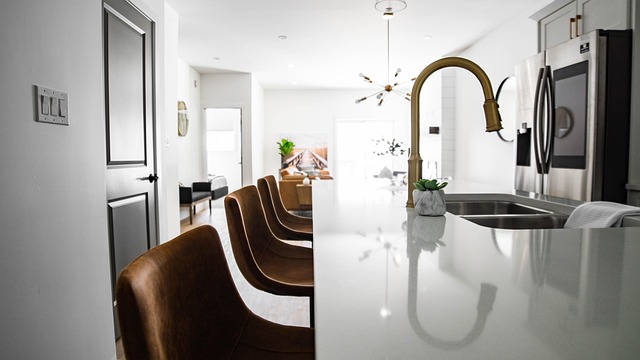
Using the Same Fixture Type Everywhere
Different zones call for different fixtures. A pull-down sprayer may be essential at the main sink but overkill at a beverage station. Similarly, the lighting needed over a prep counter isn’t the same as above an eating nook. Choose each fixture based on the demands of its specific location. Matching everything perfectly may look coordinated, but performance should take priority.
Materials That Don’t Age Well
Fixtures in high-use zones get exposed to water, heat, oils, and frequent handling. Some finishes and materials simply don’t stand up. Polished chrome may sparkle at first but shows fingerprints and water spots easily. Certain metals tarnish or corrode under heavy use. Go for materials that tolerate wear gracefully and require minimal upkeep. A good-looking fixture that can’t hold up to everyday use isn’t worth the investment.
Fixtures That Disrupt Your Workflow
The wrong fixture can interrupt your kitchen rhythm. Think of a faucet handle that knocks against your backsplash or a light that turns on only with a finicky pull chain. These may seem like small details, but over time, they add up to daily frustration. Choose fixtures that complement your natural movement through the kitchen—not ones that get in the way.
Disregarding Scale and Placement
A fixture that’s too large can dominate a space; one that’s too small may be barely noticeable. This is especially true with lighting and overhead features. Before you install anything, check your kitchen’s dimensions and map out how the fixture will occupy the space. Hanging a low pendant over a high-traffic area? You may end up with a head bump every time you rinse a dish. Proportion matters just as much as design.
Final Thoughts
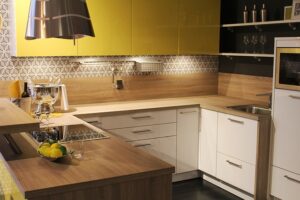 The kitchen is one of the hardest-working spaces in any home. Don’t let fixture mistakes interrupt its potential. Choose wisely by thinking through each zone’s function, traffic, and wear-and-tear. The right fixtures should support—not hinder—your daily routines. Still feeling unsure where to begin with lighting? Especially above the sink or key prep zones, thoughtful design can make all the difference. Start exploring practical upgrades with focused guides, and make sure your kitchen performs as beautifully as it looks.…
The kitchen is one of the hardest-working spaces in any home. Don’t let fixture mistakes interrupt its potential. Choose wisely by thinking through each zone’s function, traffic, and wear-and-tear. The right fixtures should support—not hinder—your daily routines. Still feeling unsure where to begin with lighting? Especially above the sink or key prep zones, thoughtful design can make all the difference. Start exploring practical upgrades with focused guides, and make sure your kitchen performs as beautifully as it looks.…

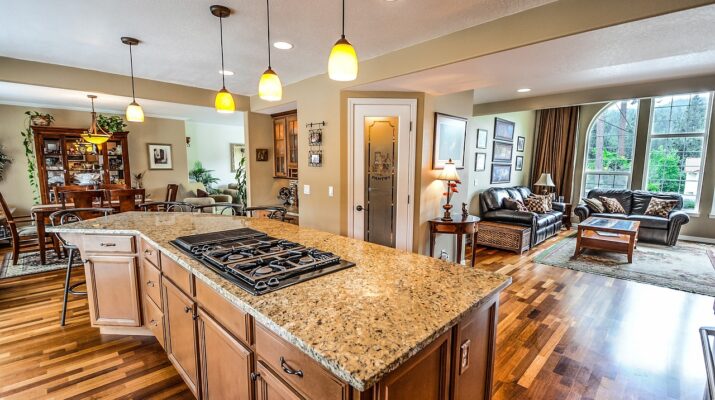

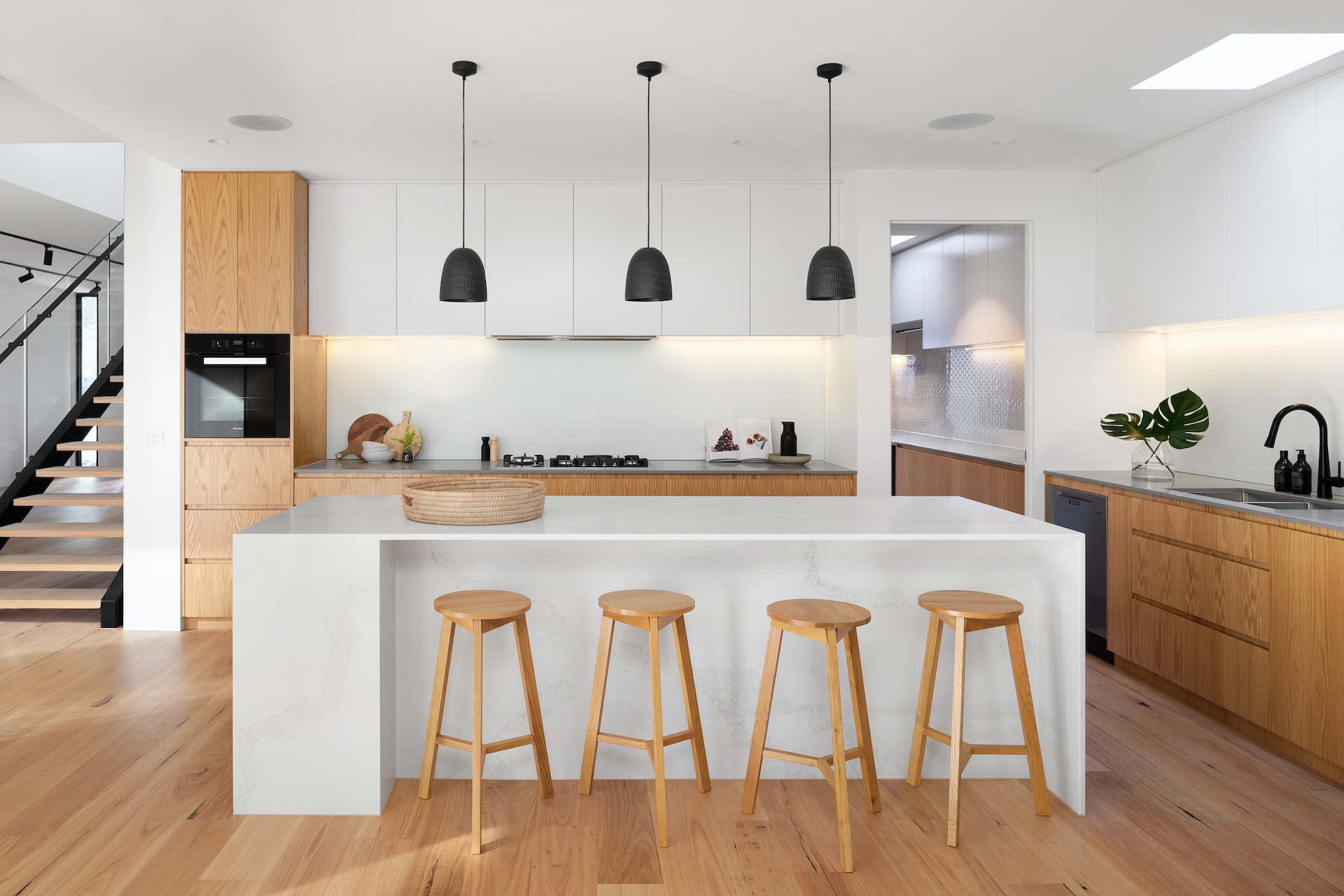
 Using 3D rendering for your kitchen
Using 3D rendering for your kitchen 
 Juicing is a great way to stay fit and healthy. Juicing fruits and vegetables will help you stay healthy and active by strengthening your immune system. A juicer will help you make delicious and healthy smoothies. There are many types of juicers on the market. These include cold press juicers, citrus juicers, and triturating juicers. These appliances have very sharp blades that can cut through vegetables and fruits to be used for juicing. Before you buy one, make sure to read the Best Juicers reviews. You want the model to be easy to use and clean up. Before you buy, think about noise efficiency, capacity and multiple speeds.
Juicing is a great way to stay fit and healthy. Juicing fruits and vegetables will help you stay healthy and active by strengthening your immune system. A juicer will help you make delicious and healthy smoothies. There are many types of juicers on the market. These include cold press juicers, citrus juicers, and triturating juicers. These appliances have very sharp blades that can cut through vegetables and fruits to be used for juicing. Before you buy one, make sure to read the Best Juicers reviews. You want the model to be easy to use and clean up. Before you buy, think about noise efficiency, capacity and multiple speeds.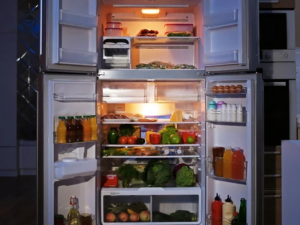 The fridge may be the most useful kitchen appliance. It will keep food fresh and prevent wastage. You can also store your cooked meals until you are ready to eat them. There are many sizes of fridges, so even a small kitchen can have one. Consider how much food you will store inside each day before buying one. This will help you to determine the best capacity for your family members. Think about what features you need. A side-by-side fridge, for example, maybe the best choice for large families that require more freezer space. Fixed shelves are an excellent option for homeowners who want to store different sizes of vessels.
The fridge may be the most useful kitchen appliance. It will keep food fresh and prevent wastage. You can also store your cooked meals until you are ready to eat them. There are many sizes of fridges, so even a small kitchen can have one. Consider how much food you will store inside each day before buying one. This will help you to determine the best capacity for your family members. Think about what features you need. A side-by-side fridge, for example, maybe the best choice for large families that require more freezer space. Fixed shelves are an excellent option for homeowners who want to store different sizes of vessels.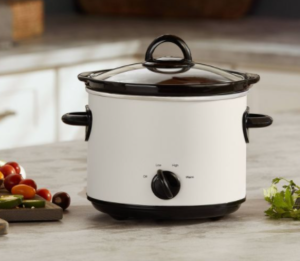 Crockpots, or slow cookers, have been popular for many years. Slow cookers transform cuts of meat into delicious, tender food. Add the ingredients and turn it on. Then you can move on to other tasks. You will be able to prepare food in no time at all, taking approximately 6-8 hours. These appliances can also be used to make soups and chowders. Slow cookers are the best option during the winter months. Detachable inserts and warming functions are all essential features to look out for when buying a slow cooker. To ensure that your appliances are energy-saving, you should also consider its star rating. The higher the rating, generally speaking, the more efficient it is at conserving energy.…
Crockpots, or slow cookers, have been popular for many years. Slow cookers transform cuts of meat into delicious, tender food. Add the ingredients and turn it on. Then you can move on to other tasks. You will be able to prepare food in no time at all, taking approximately 6-8 hours. These appliances can also be used to make soups and chowders. Slow cookers are the best option during the winter months. Detachable inserts and warming functions are all essential features to look out for when buying a slow cooker. To ensure that your appliances are energy-saving, you should also consider its star rating. The higher the rating, generally speaking, the more efficient it is at conserving energy.…